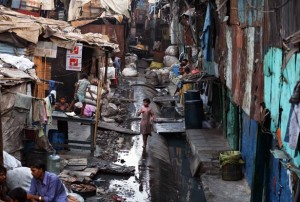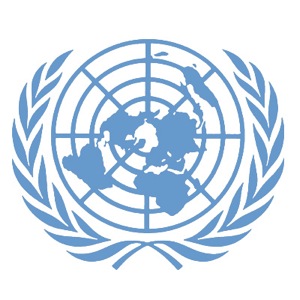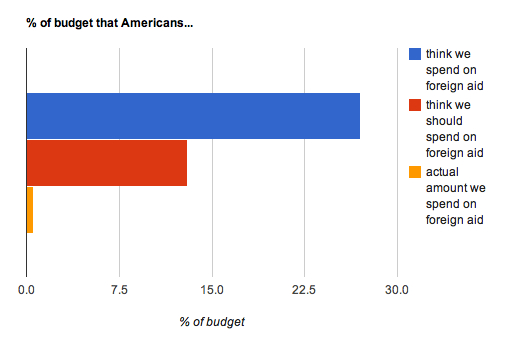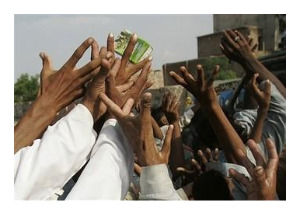A Federal Judge in Florida ruled on January 31, 2011, that the Patient Protection & Affordable Care Act that was passed last year (known to many of us as the health care law), which extended health insurance to almost every American, is unconstitutional.
law), which extended health insurance to almost every American, is unconstitutional.
According to Judge Roger Vinson, a district Judge in Florida and a Republican appointee, the new law is outside Congress’ commerce clause power and violates people’s rights by forcing them to buy health insurance by 2014 or face a penalty. Prior to this decision, two Federal Judges had upheld the insurance requirement.
In a surprising twist, the Obama administration won a victory in the legal health care debate on Thursday, February 3, 2011, when a Federal Judge in Mississippi partly dismissed a suit challenging the constitutionality of the bill. Judge Keith Starret ruled that the plaintiffs who were suing on grounds that the coming implementation of the individual mandate did not demonstrate sufficient standing for him to take the case. The Judge however gave the plaintiffs 30 days to amend their complaint.
Although Judge Starret did not weigh the legal debate concerning Congress’ ability to force individuals to buy health insurance, he however determined that those filing suit had failed to fully demonstrate that their constitutional rights were being violated.
In the global context, the U.S. is the only developed nation that does not have comprehensive health care for its citizens. I can certainly understand the view that in order for it to continue to maintain its position as a World leader and reference nation, it has to amongst other things, fix the health care system.
One might wonder, why should I care about the health care reform? Well I will tell you! One of the benefits of the reform, that affects all Americans, is the provision which mandates all insurance companies cover preventive wellness services without any cost-sharing by the insured. You have all been there, receiving that letter about co-payment? Well the reform eliminates the idea of co-payment when undergoing one of the approved services and enables consumers to get life-saving health screening at no cost. For younger Americans. the dependent coverage will be extended up to age 26, regardless of the students status. This increases the covered age from 25 to 26 and does not require full-time status as was previously the case. For women, evidenced-based preventive services rated A or B in the Preventive Service Task Force are included. These include breast and colon cancer screening, screening for diabetes, and vitamin deficiencies during pregnancy.
With the attempted repeal of the health care law, which received approval from the House of Representatives collapsed upon the rejection of the proposal by the Senate, it is almost certain that the Supreme Court would have to determine the faith of the health care law eventually. I think it is going to be very interesting to see how the Supreme Court will rule on the status of the law especially because the nine-member court is split four liberals and four conservatives with Justice Anthony Kennedy regarded as the swing vote. For now we must wait!
Ufuoma Barbara Akpotaire is a Program and Research intern with the SISGI Group’s Research Division. To learn more about the SISGI Group please visit www.sisgi.org.
 the Saudi Arabian ban on women driving. She was later arrested during a separate protest when she attempted to cross into Bahrain without the express permission of her legal guardian.
the Saudi Arabian ban on women driving. She was later arrested during a separate protest when she attempted to cross into Bahrain without the express permission of her legal guardian.







